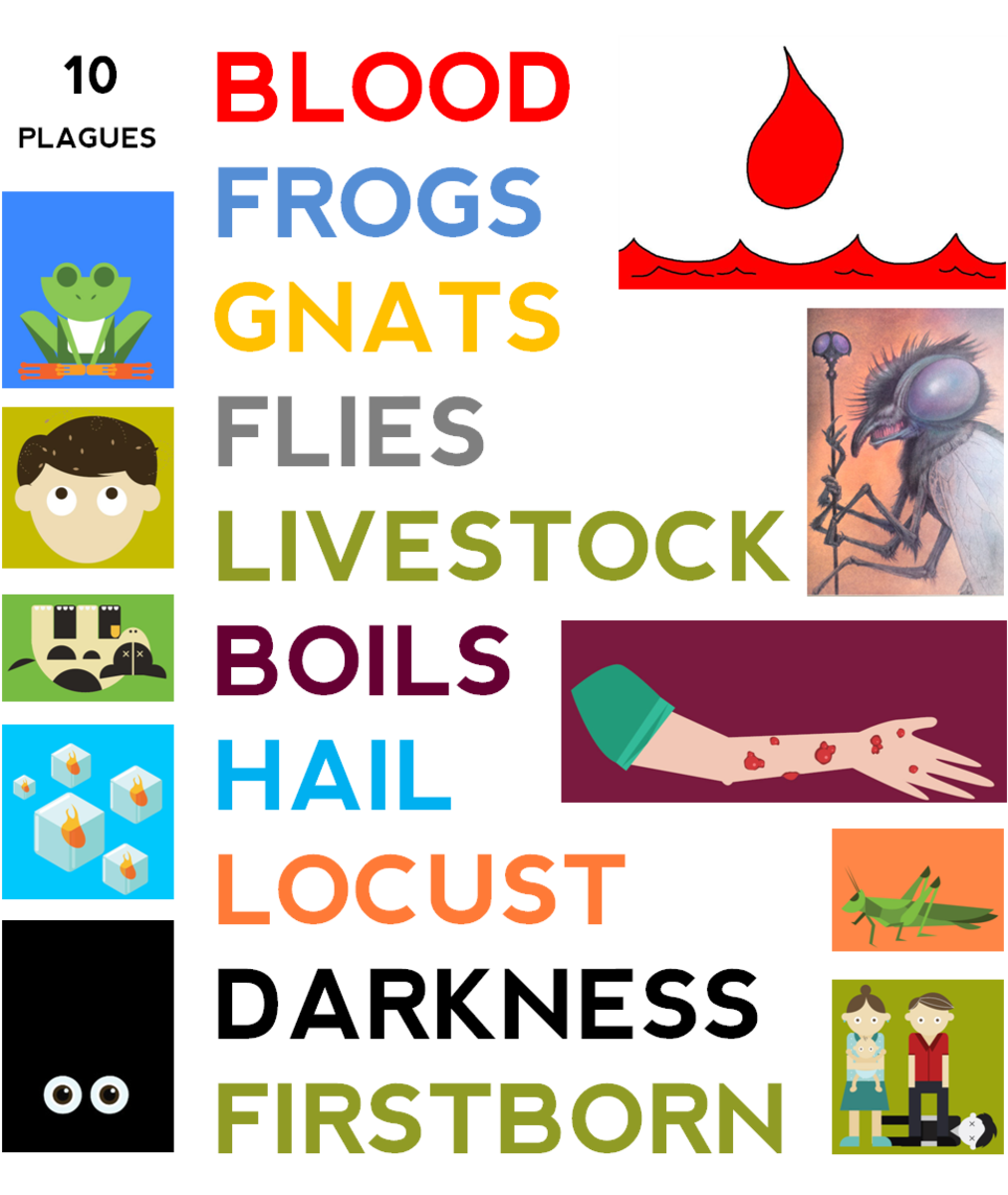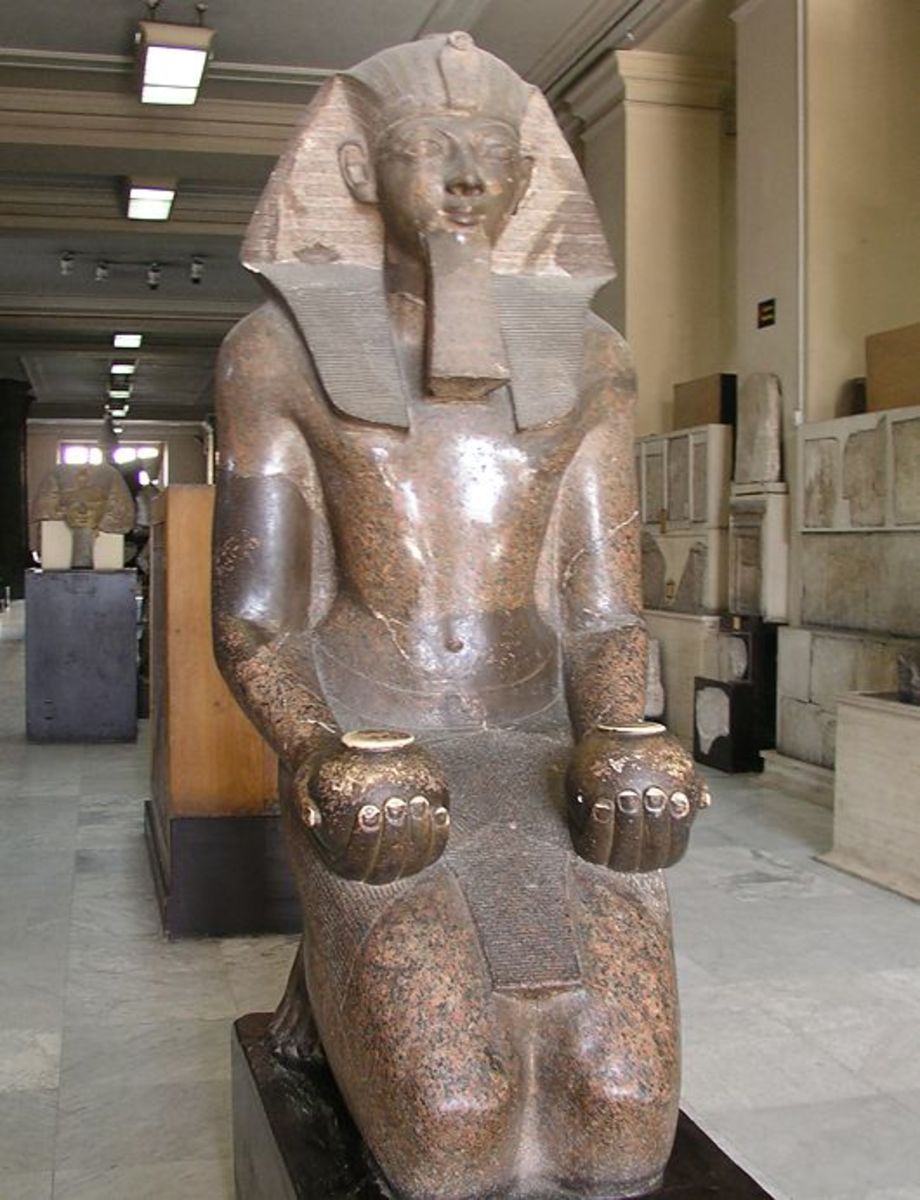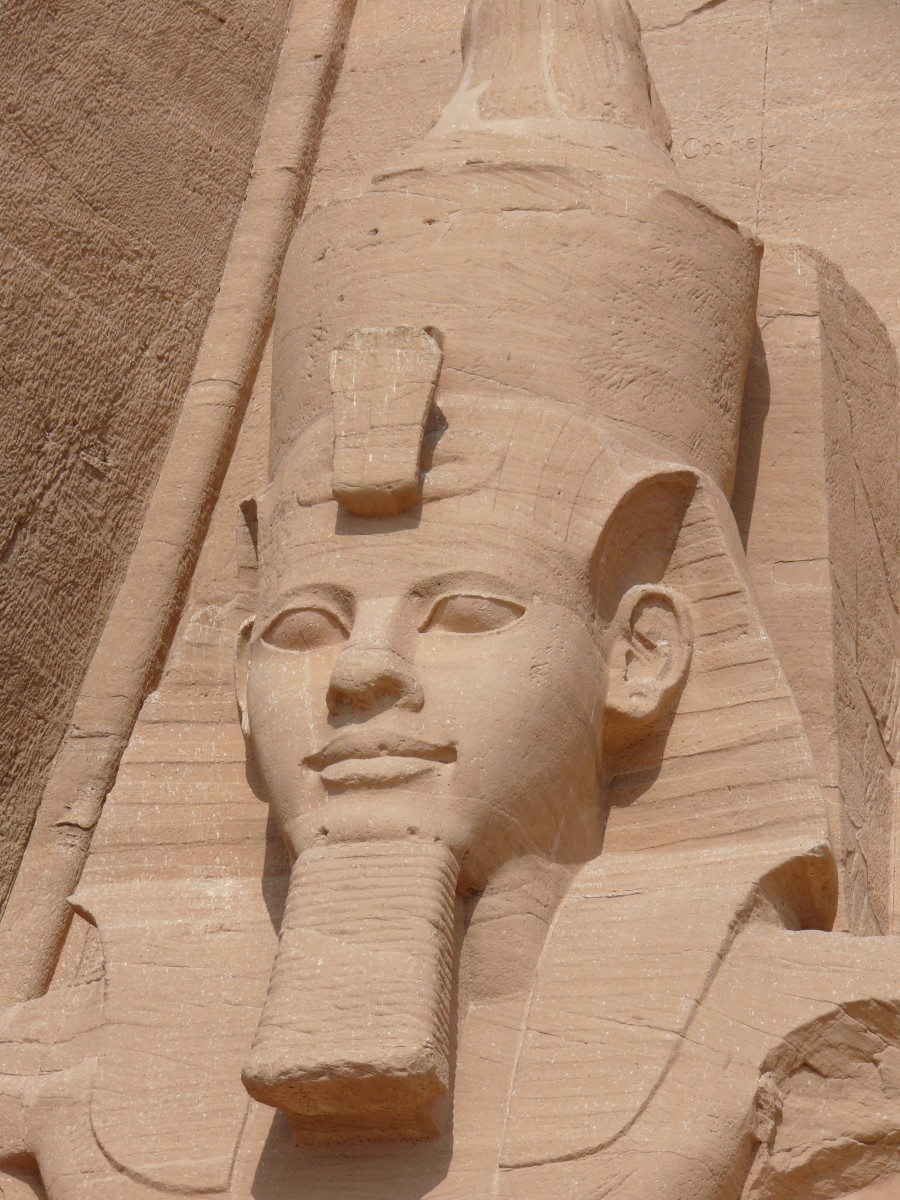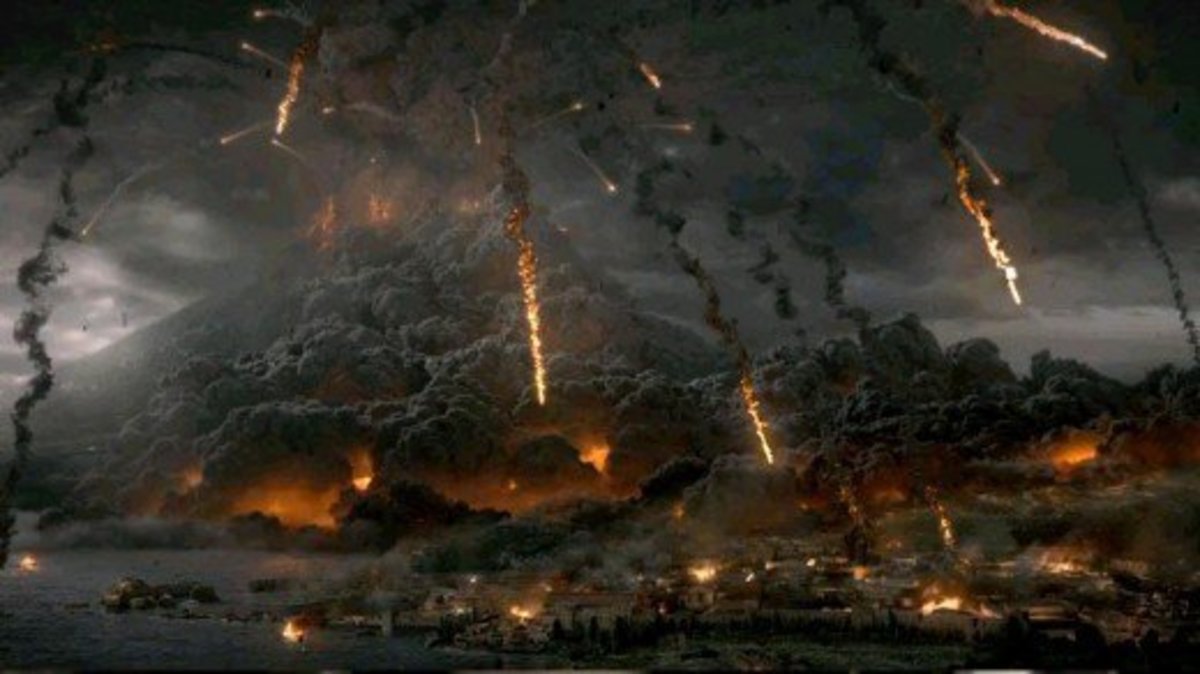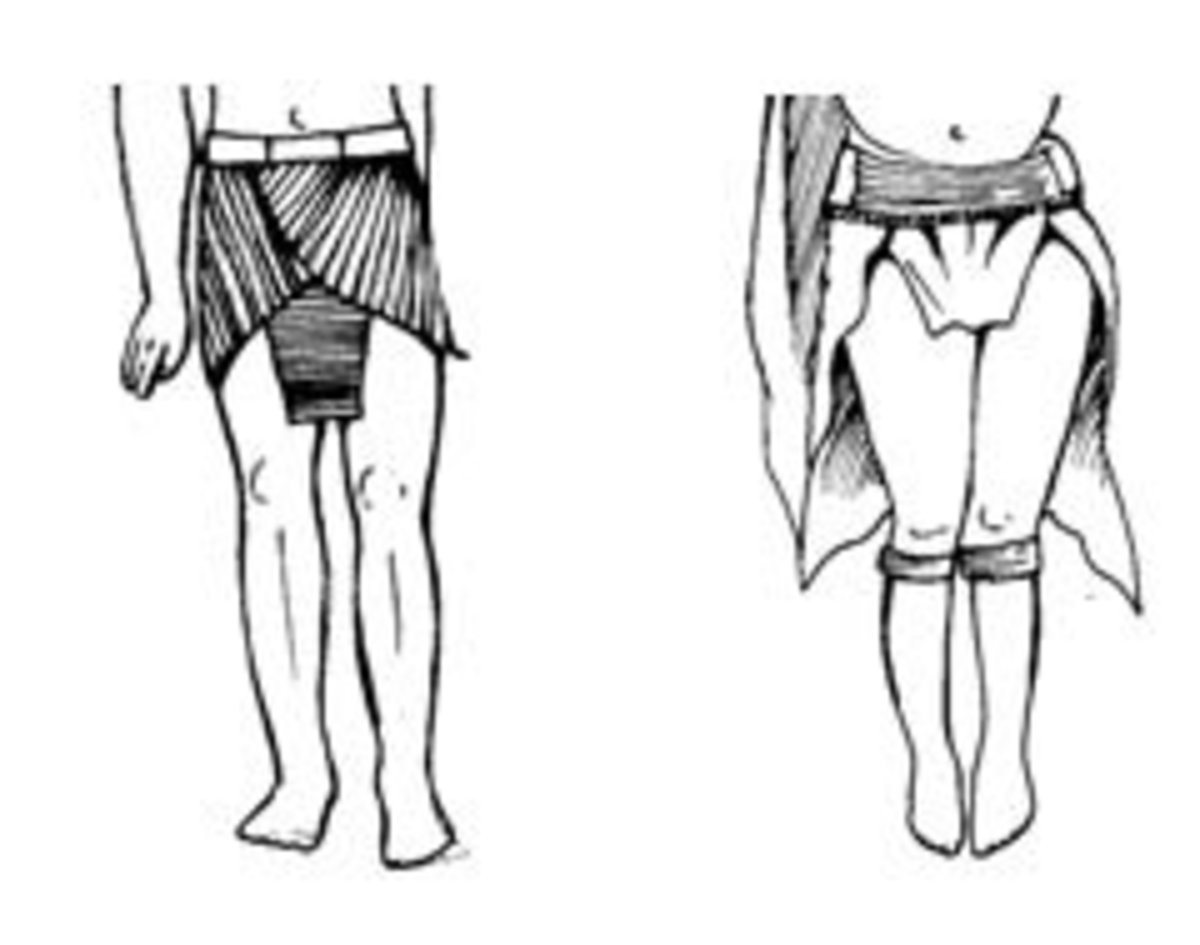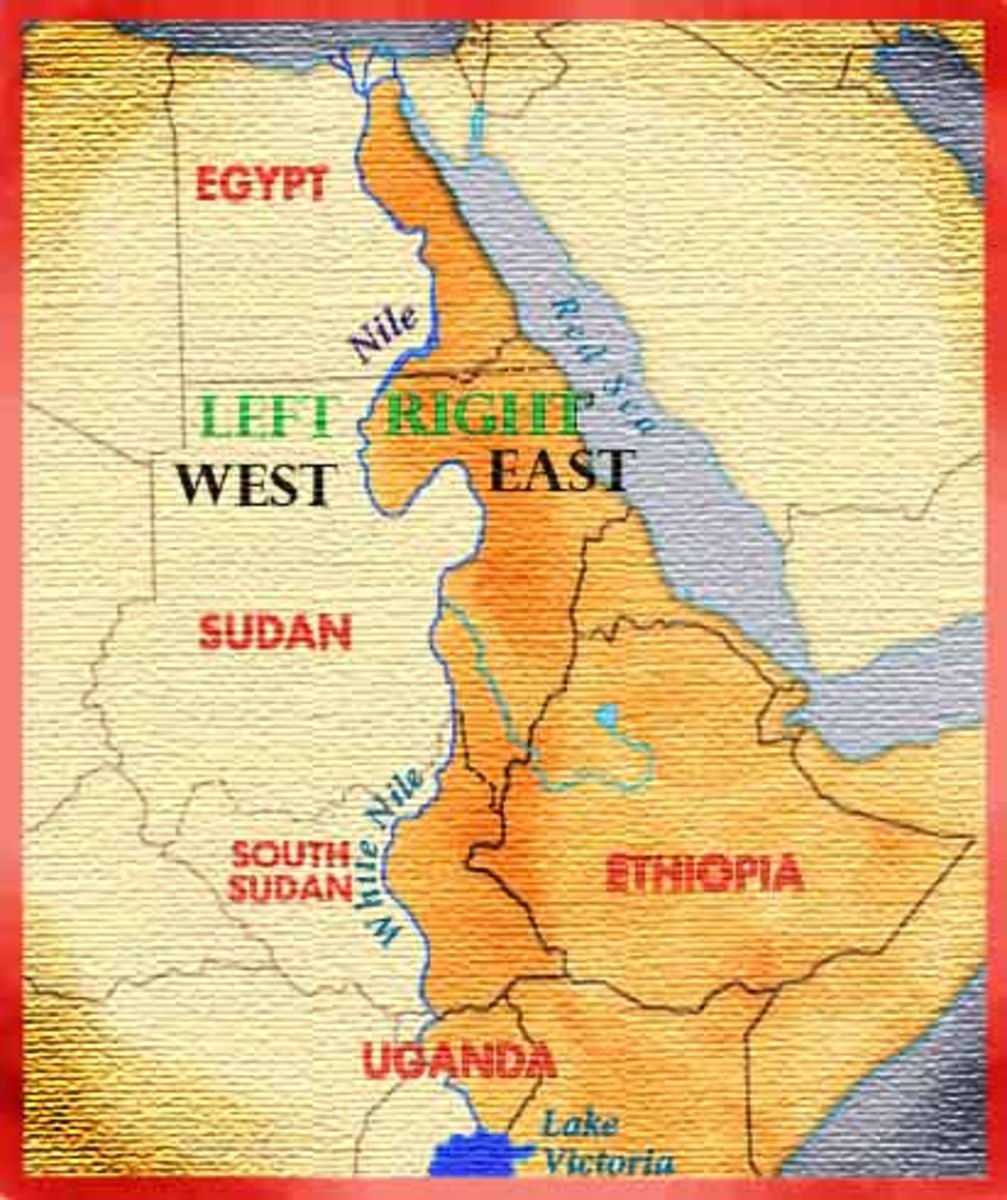Moses: From Prince to Prophet
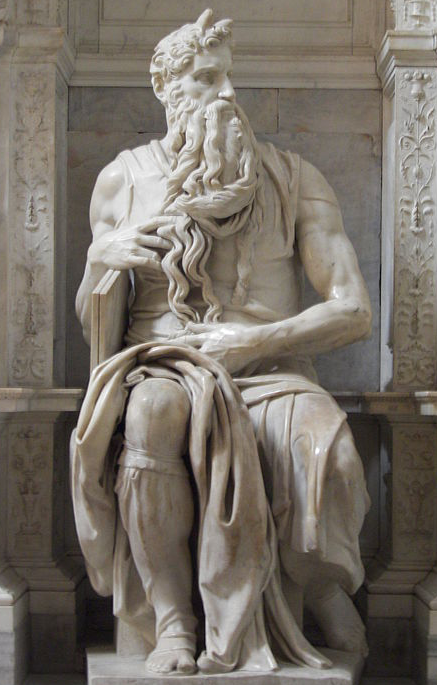
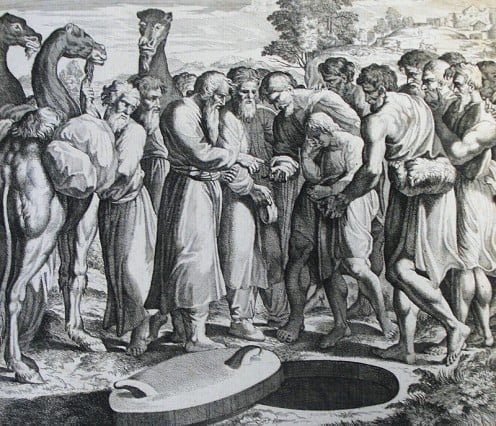
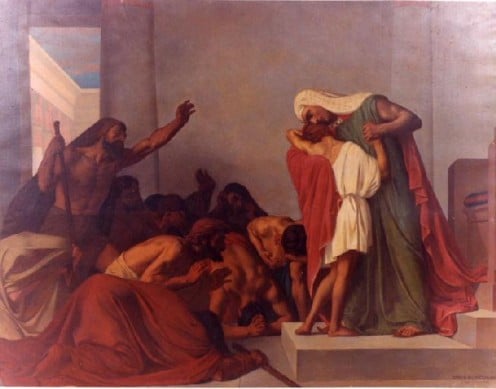
Israelites in Egypt
Before looking at the life of Moses, however, we must first look at how the Israelites ended up in Egypt in the first place. The founder of Judaism, Abraham, had settled in Canaan, and it was there that his grandson Jacob lived with his family. Just as Abraham and his son Isaac had issues with favorite children, so did Isaac's son Jacob who favored the sons of his favorite wife Rachel, Joseph and Benjamin. The brothers of Joseph were jealous of the attention the favored son was getting, and when he was still a boy, about 12, the elder sons of Jacob took Joseph into the desert and left him in a well hoping he would be found and sold into slavery. Of course, this is exactly what happened.
Joseph was sold into slavery in Egypt, but because of a the gift of prophecy he had received from God, he eventually became a close associate of the king (the term pharaoh was not used until the time of Hatshepsut in the Eighteenth dynasty). When a seven-year famine occurred in Canaan, Jacob, now called Israel, sent his oldest sons, the ones who mistreated Joseph, into Egypt to buy grain. Despite how they had treated their brother, Joseph eventually arranged for the entire family to move to Egypt where they were received honorably by the king.
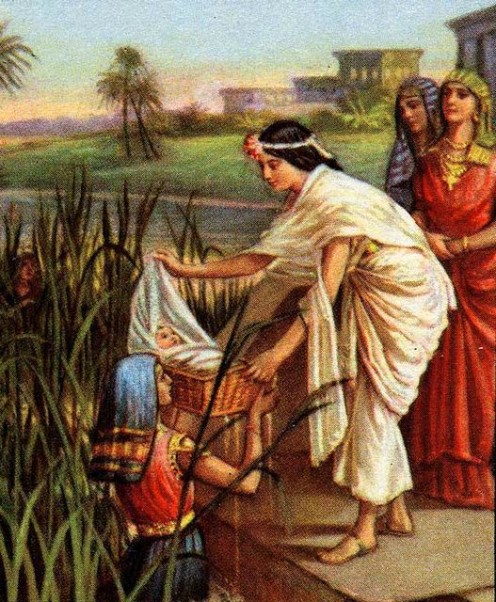
Moses: Prince of Egypt
Within three generations of Joseph's brothers moving to Egypt, the number of Hebrews now living in the country had grown so large that the pharaoh was concerned they would join with his enemies and try to overthrow him. In order to reduce the Hebrew population, Pharaoh ordered that all the newborn males be drown in the Nile. When Amram and Jochebed, who already had two children, daughter Miriam and son Aaron, had another son, Jochebed could not bear to see him killed. She placed her baby in a reed basket and set him adrift on the river.
When the Pharaoh's daughter, Bithiah, found the infant floating in the basket, she named him Moses and claimed his as her own. Moses was then raised in the house of Pharaoh as a prince of Egypt and brother of the future pharaoh.
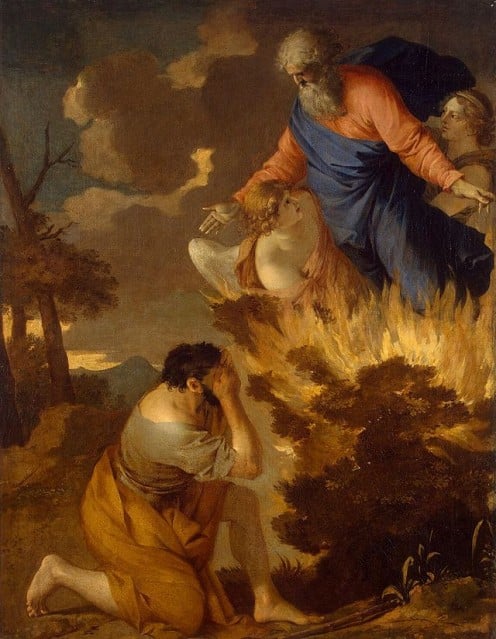
Moses: Prophet of God
One day, after Moses had grown into manhood, he watched an Egyptian taskmaster beat an Israelite man. Moses was so incensed by the mistreatment that he killed the Egyptian. Now fearing that Pharaoh would execute him for the murder, he left Egypt for the Sinai Peninsula.
Moses found himself at a well in Midian that was owned by a shepherd named, Jethro. Moses agreed to stay with the shepherd who had seven daughters but no sons to help him with his herd. Eventually, Moses married Jethro's daughter Zipporah and lived in Midian for forty years.
One day while tending the herd with his son Gershom, Moses spotted something unusual on Mount Horeb. When he went to investigate, he found a bush that burned but was not consumed. When he reached it, God spoke to him and gave him a command to return to Egypt and bring the Israelites out of the country.
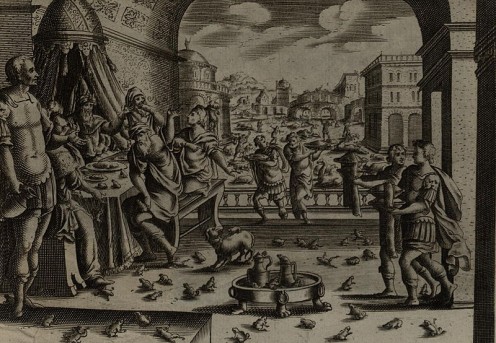
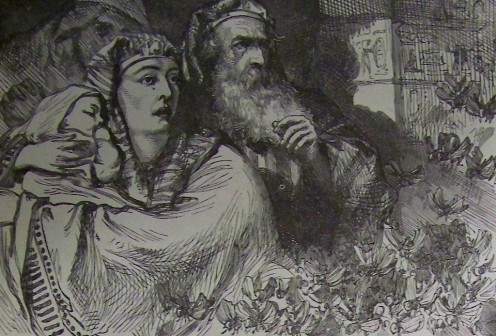
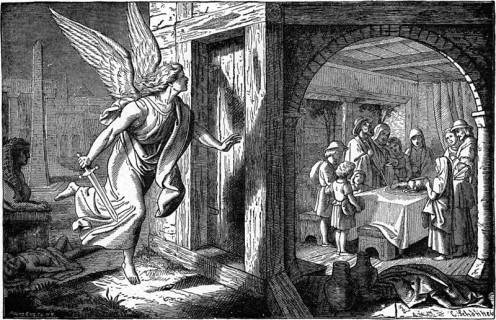
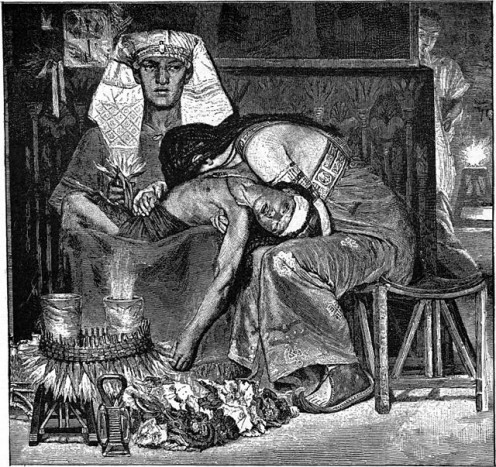
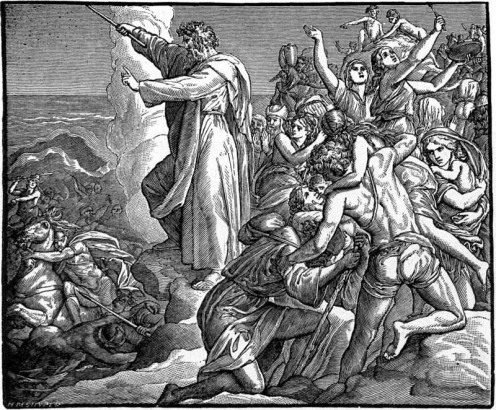
Moses: The Exodus
Moses, knowing he must obey God, returned to Egypt and met his brother Aaron along the way. The brothers promptly went to Pharaoh and told him that the God of Israel wanted the Israelites to leave Egypt. Pharaoh told them he did not know the god they spoke of and would not let the Israelites go. The exact position of the Israelites in Egypt has been contested for years. The Israelites claim to have been forced into slavery by the Egyptians, while the Egyptians claim they were not slaves. The true nature of the relationship may never be proven either way, but the Israelites were clearly vital workers needed to complete the pharaoh's building projects.
Moses continued to meet with Pharaoh trying to prove the power of God in order to get approval to leave Egypt. Moses turned his staff into a serpent, but the magicians of Pharaoh did the same. Moses then warned that God would send ten plagues to Egypt if the Israelites were not freed to go. The first plagues turned the water of the Nile to blood leaving the Egyptians without water. Next the frogs of the Nile overtook Egypt. The frogs were followed by gnats, then flies. Soon all the cattle became diseased and died. After the cattle, sores started appearing on the skin of the Egyptians. Pharaoh still refused to release the Israelites. A hailstorm of fire and a swarm of locust soon followed, but it seemed nothing would change the pharaoh's mind. Even the ninth plague of darkness during the day, made no difference.
When the tenth plague, the death of every Egyptian first-born child, became known, the Egyptians were begging Pharaoh to just let the Israelites go but he refused. In order to show God which households were his followers, the Isrealites were told to place lamb's blood over their doorways allowing the plague to passover their home. A celebration of this event called Passover would become a significant event for the Jewish faith still celebrated today. Following the death of his own first-born child, Pharaoh angrily ordered Moses to take the Israelites and get out of Egypt.
Moses gathered the Israelites together and set out for Canaan, but traveling with such a large group was slow. It took several days to cross Egypt, and in the meantime, Pharaoh had grown so angry over the death of his own son that he went after Moses and the Israelites. The Egyptians caught up with the Israelites near the Red Sea. With the Israelites trapped between the sea and Pharaoh, Moses raised his staff and called upon God to part the sea allowing his people to pass on dry land. Once the Israelites had safely crossed the Red Sea, the waters were brought down on the Egyptians causing them the drown.
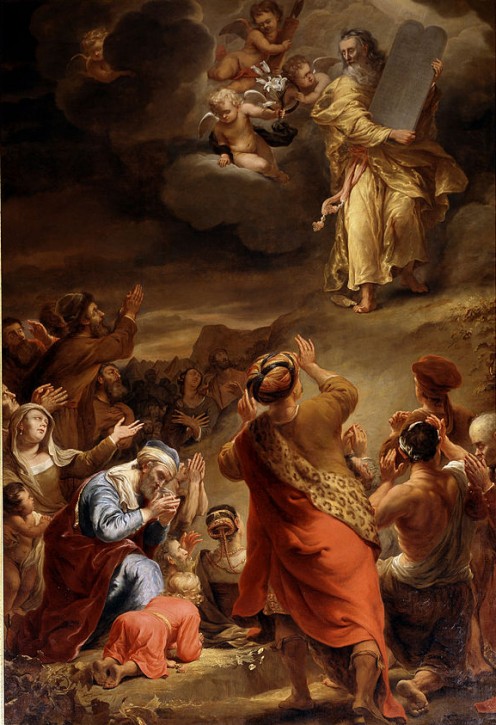
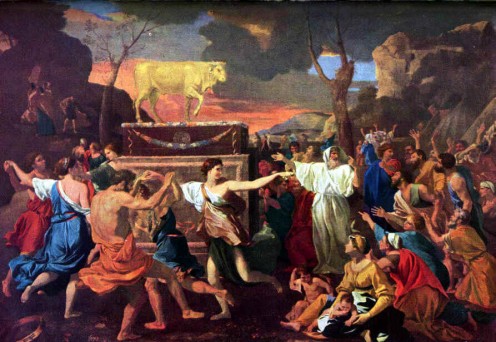
Moses: The Ten Commandments
Now that Moses had gotten the Israelite people out of Egypt, he was called once again to Mount Sinai for another meeting with God. Burned into stone tablets, God gave Moses the Ten Commandments he was to ensure the Israelites lived by, but when Moses was on the mountain top for forty days, the Israelites had started to sin. The prophet of God returned to see that the people had created a Golden Calf and were worshiping it against the known rules set down by Abraham against idol worship. Moses, in anger, smashed the tablets and ordered the execution of everyone involved in the outrage while he returned to the top of the mountain to obtain replacements for the smashed tablets.
Despite everything God had meant to them in the past and their freedom from Egypt, Moses continued to have problems with the Israelite people, including his own brother and sister. Even when they reached Canaan, the promised land, the people were not willing to fight for what God had said was theirs. Some even wanted to return to Egypt. God was so angry, he offered to destroy the Israelite people and start over again with the children of Moses, but Moses did not want all of the people to pay for the actions of a few. He agreed that the Israelites would wonder in the desert for forty years, until all those who disobeyed God and refused to fight for their land were dead.
Moses: Death of God's Prophet
When forty years had passed and it was time for the Israelites to enter Canaan, Moses led God's people as far as he could, to the waters of the Jordan River, encountering problems with the people following the Commandments all the way. He knew, however, that he would never see the promised land himself because he had used God's power without the proper reverence. By the riverside, Moses blessed the remaining Israelites and named Joshua as their new leader. Moses then looked upon Canaan and died.
In addition to providing the Ten Commandments of God, Moses is credited with keeping a journal of the events of the Israelites that became the basis of the Torah, the Jewish holy book and Old Testament of the Christian Bible.




